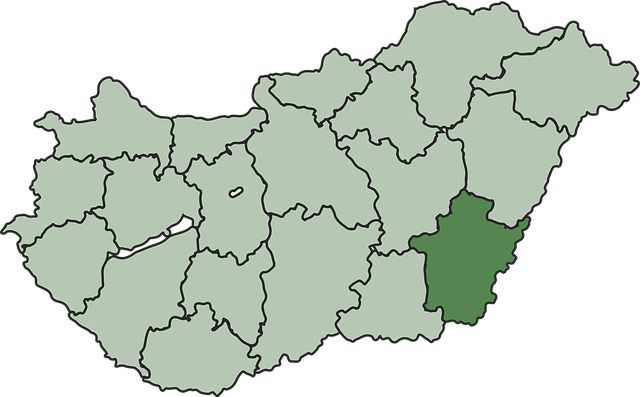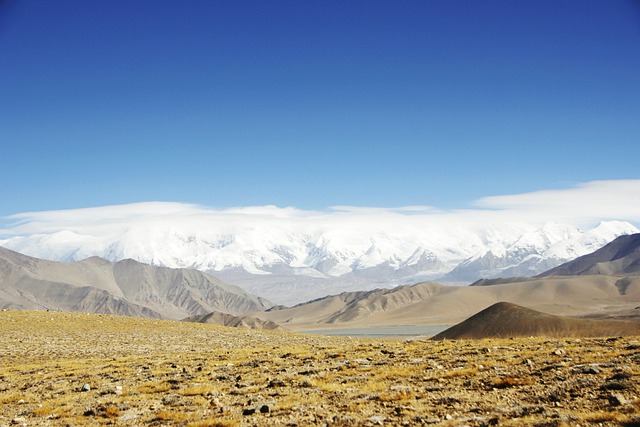Forests, deserts, and mountains are interconnected ecosystems that influence each other and the real estate market. Forests maintain water cycles benefiting deserts, while deserts act as carbon reservoirs impacting global climate patterns. Mountains serve as corridors facilitating species migration. Understanding these relationships is crucial for conservation and sustainable development, ensuring the long-term health of diverse landscapes and their value in the real estate market. Preserving these ecosystems is vital for environmental health, resource sustainability, and economic growth through ecotourism.
Forests, deserts, and mountains may seem distinct, but they are deeply interconnected, forming a complex web of ecosystems. This intricate relationship influences not just nature but also real estate values. From providing vital resources to shaping climates and supporting diverse biodiversity, these landscapes rely on each other for balance. Understanding this interdependence is crucial for preserving our planet’s health and the future of real estate in these diverse environments.
The Interconnected Web: How Forests, Deserts, and Mountains Shape Each Other's Ecosystems

Forests, deserts, and mountains aren’t isolated entities but parts of a vast, interconnected web where each ecosystem shapes and influences the others in unique ways. For instance, forests play a crucial role in maintaining water cycles that feed into desert regions, providing vital moisture for plant life and supporting wildlife habitats. In turn, deserts often act as natural reservoirs of carbon, sequestering significant amounts from the atmosphere, which can impact global climate patterns. Mountains, with their diverse elevations, serve as corridors connecting these ecosystems, allowing species to migrate and adapt to changing conditions.
This interconnectedness extends to real estate as well. The proximity of forests, deserts, or mountains in a given area dictates the type of properties available—from lush, verdant land suitable for sustainable agriculture near forests to vast stretches of sandy terrain ideal for ecotourism in desert regions. Understanding these relationships is essential for conservation efforts and sustainable development, ensuring that these diverse landscapes thrive and continue to offer their numerous benefits to both nature and humans alike.
Real Estate Insights: Understanding the Impact of Geographic Features on Property Values

Forests, deserts, and mountains—each geographic feature brings its unique charm and influence to the real estate market. The value of land is inherently tied to its surroundings, be it lush greenery or arid landscapes. Forests, with their dense vegetation, often command premium prices due to their scenic appeal and the demand for outdoor recreation. Desert properties, though less conventional, attract buyers seeking unique retreats or investment opportunities in rapidly developing urban centers nearby. Mountain ranges pose both challenges and advantages; while they may limit accessibility, they also offer breathtaking views and fresh air, driving property values in certain areas.
Real estate insights reveal that these natural elements shape not just the aesthetics but also the functionality of properties. Forests provide essential ecosystem services, influencing local climates and water cycles. Deserts, known for their extreme conditions, are increasingly recognized for their potential in renewable energy generation. Mountains, with their varied terrain, offer opportunities for diverse land uses—from agriculture to skiing resorts. Understanding these geographic interconnections is crucial for real estate professionals, investors, and buyers alike, as it allows them to make informed decisions based on the unique attributes of each location.
Preserving the Balance: Why Protecting Diverse Landscapes is Crucial for Our Future

In today’s world, where urbanization and industrialization are on the rise, preserving diverse landscapes is more crucial than ever for our future. Forests, deserts, and mountains each play a unique role in maintaining the delicate balance of our ecosystem. For instance, forests act as carbon sinks, absorbing CO2 from the atmosphere, while deserts contribute to global biodiversity by hosting rare plant and animal species. Mountains, on the other hand, regulate water cycles, ensuring consistent freshwater supply downstream.
Protecting these varied landscapes is vital for real estate development too. Uninterrupted natural habitats ensure cleaner air, purer water, and healthier soil—resources essential for sustainable communities and infrastructure. Moreover, diverse ecosystems attract ecotourism, fostering local economies and creating employment opportunities. Thus, preserving the balance between forests, deserts, and mountains is not just an environmental imperative but also a strategic investment in our planet’s—and humanity’s—future.






